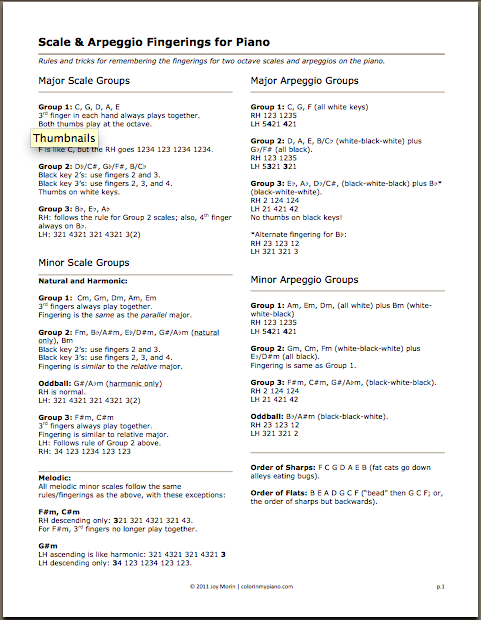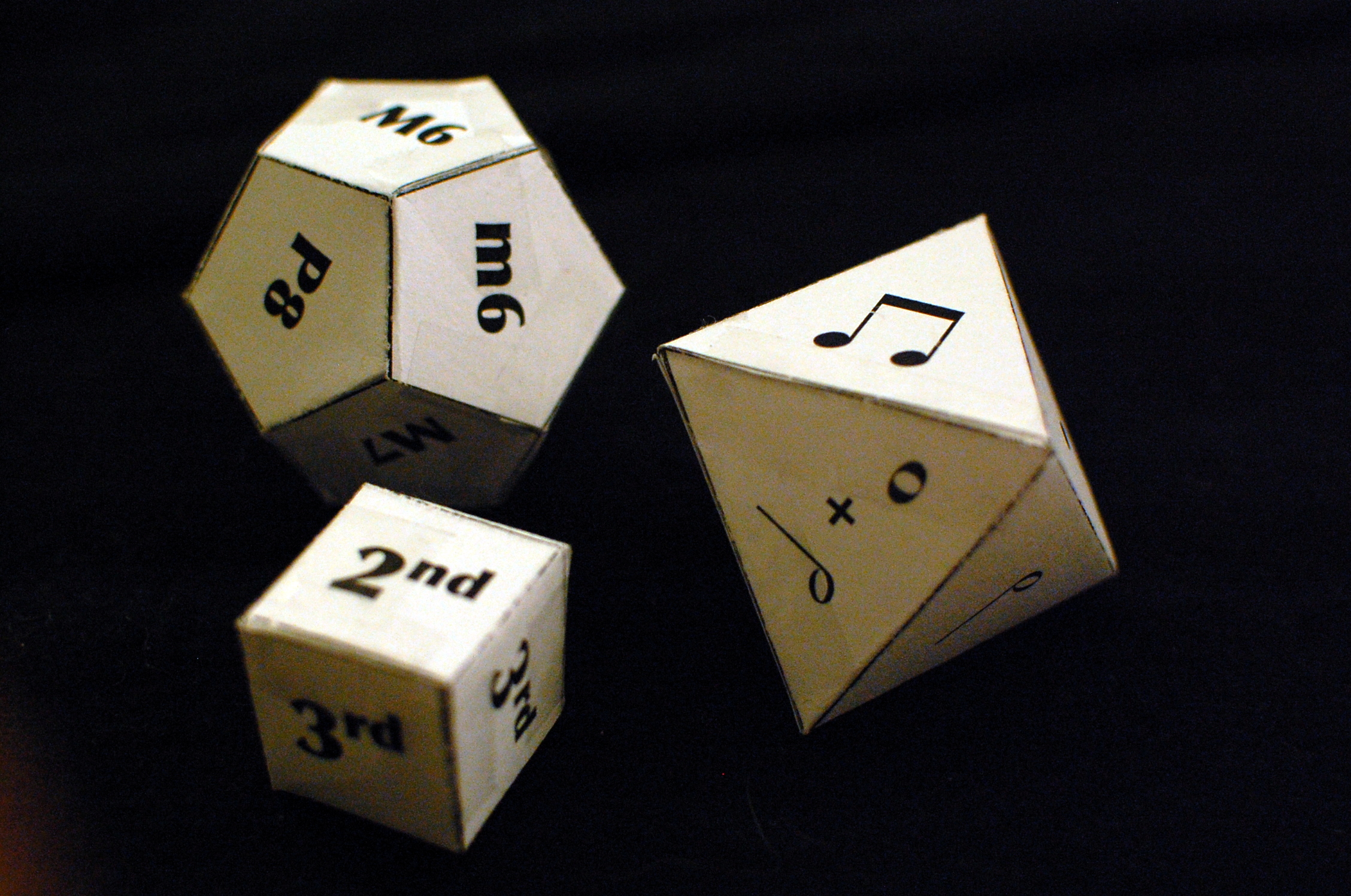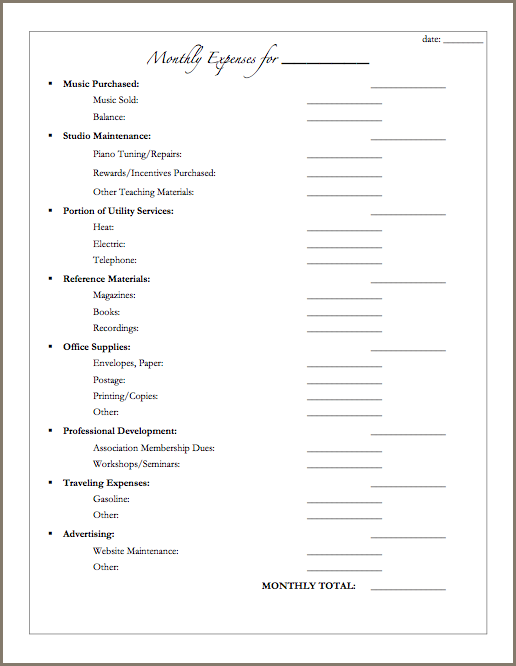 To prepare for the new teaching year, I’ve been updating a plethera of my studio documents! I finally have them all updated here online too on the Printables > Studio Business page. If you are interested in using any of them, feel free.
To prepare for the new teaching year, I’ve been updating a plethera of my studio documents! I finally have them all updated here online too on the Printables > Studio Business page. If you are interested in using any of them, feel free.
The ones that are Microsoft Word documents can easily be edited to your personal needs. On the pdf documents, I’ve left room on the top for you to print your own student name or logo if desired (just print it twice – once as is, and then run the sheet through the printer again this time adding your own personal touch). Enjoy!
- New! Record of Payments Due / Received – I use this to record checks and cash when I receive them from students/parents. You can also use it to mark down books/sheet music that you purchase for students, so you can keep track of what has and hasn’t been paid for yet.
- New! Student Scheduling Preferences – This 2-page document includes an empty scheduling table that allows students/parents to fill in their schedule and indicated their top 5 choices for lesson times, and to X out any times that will not work. The first page is for the school year schedule and the second page is for the summer schedule. This file is a Microsoft Word (docx) file, so it can be suitably edited to your needs. There is room at the top of each page for your studio name or logo.
- New! Studio Policies & Procedures (Sample) – This Microsoft Word (docx) file is a editable sample Studio Policies & Procedures. If you are making your studio policies for the first time or are looking for ideas for adjusting your current policies, this may help you get started.
- Updated! Record of Lesson Attendance & Payment – This 3-page document has been updated for the 2011-2012 year. (see image at right for a preview)
- Updated! Record of Student Achievements – This printable has been slightly updated in format.
- Updated! First Lesson: Student Information Form – This printable has been updated to include a section for asking permission to use photos/videos of the student. It is also now more suitable for using with both children and adult students.
- Updated! First Lesson: Interview with Beginner Student – This printable has been updated in both format and content to reflect my evolving teaching style. 🙂
- Updated! First Lesson: Interview with Transfer Student – Same as above.






 Some of you may remember the
Some of you may remember the 



 A new worksheet has just been added to the
A new worksheet has just been added to the 
 Here’s a fun movement/rhythm game to play with a group of students which I learned from a Dalcroze Eurhythmics instructor. I call it the “Rhythm Magnet Game.”
Here’s a fun movement/rhythm game to play with a group of students which I learned from a Dalcroze Eurhythmics instructor. I call it the “Rhythm Magnet Game.”
 Just added to the
Just added to the 






